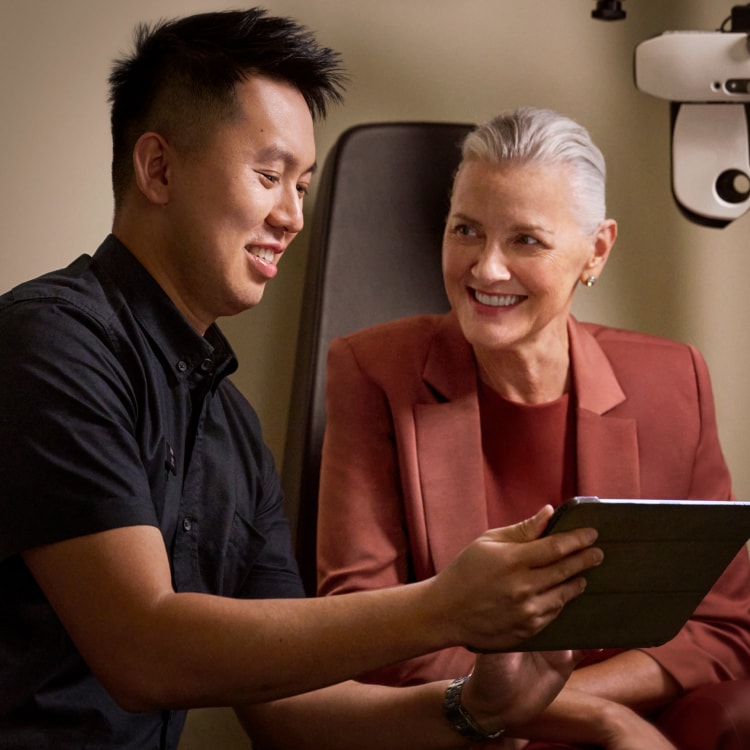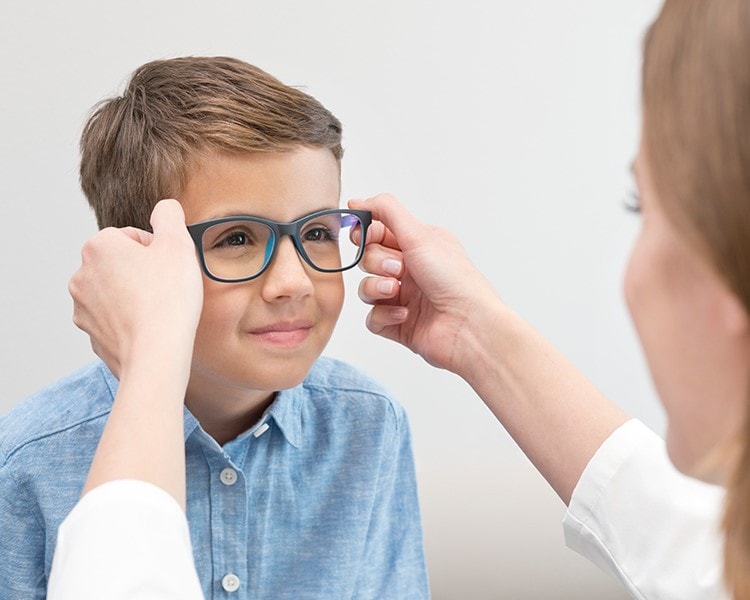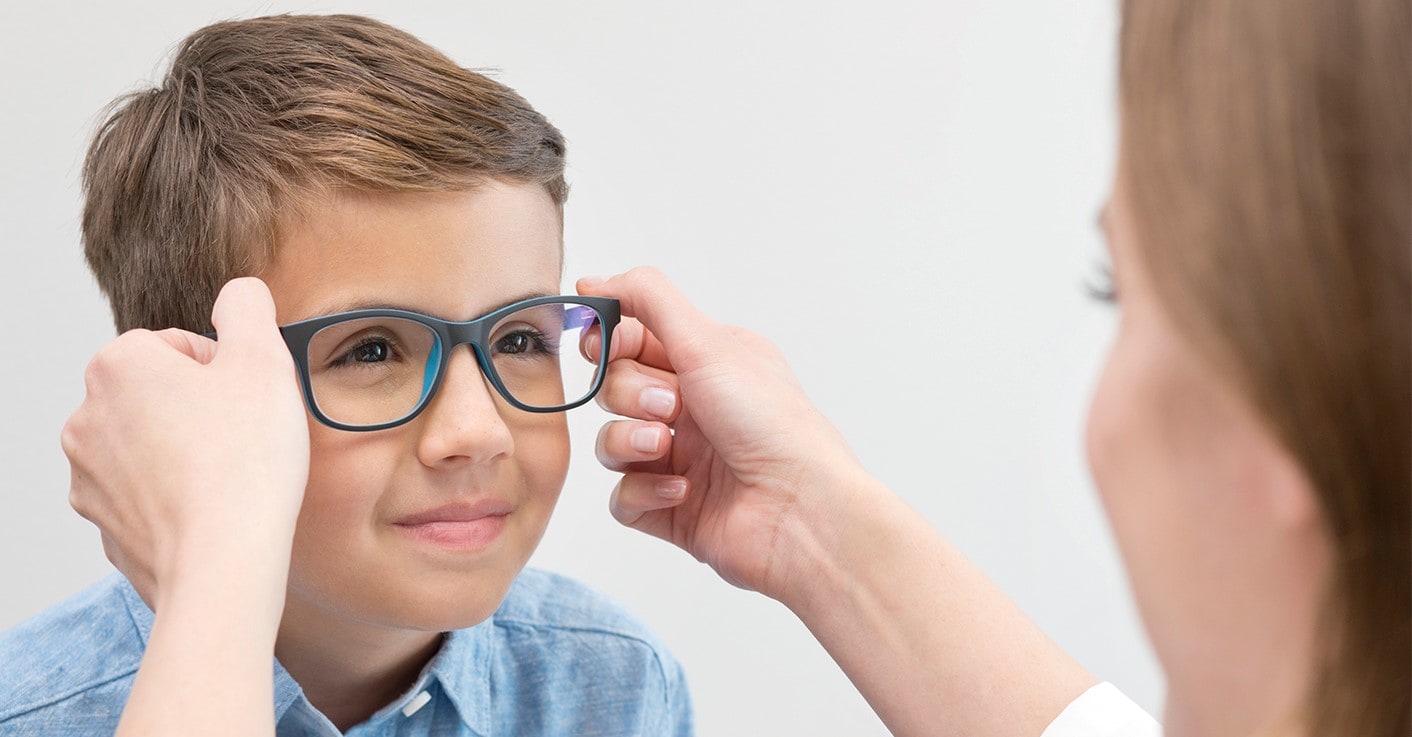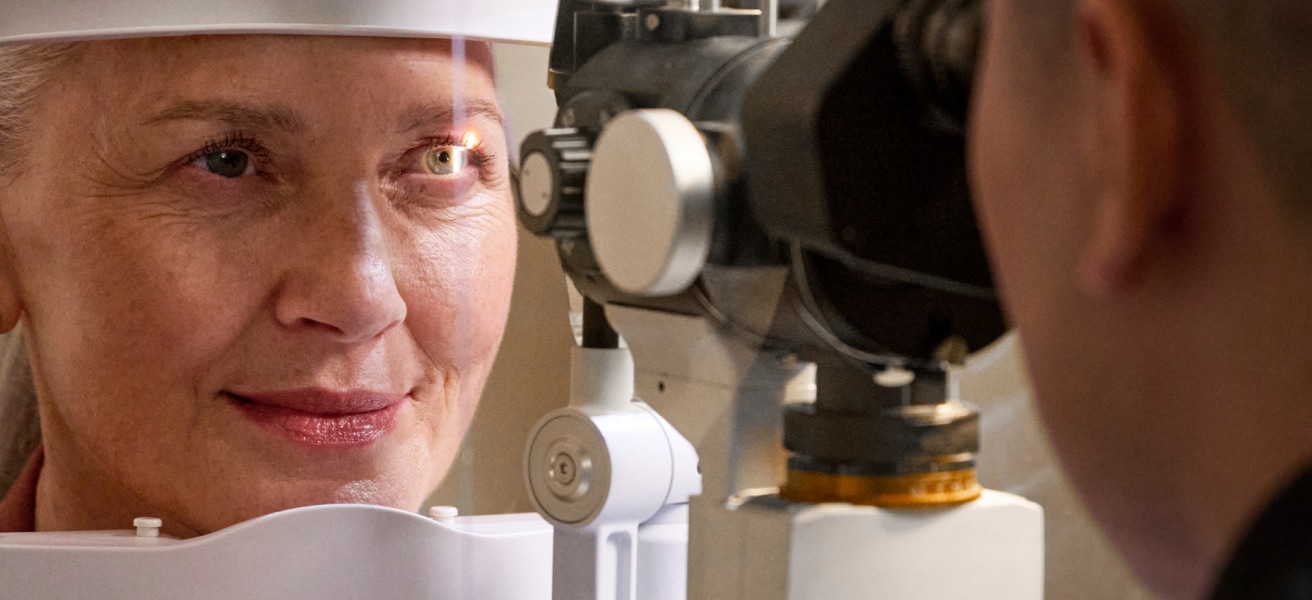Problems can be hard to see
A child who can see 20/20 can still have a vision problem. Parents and educators often assume, incorrectly, that if a child passes a school screening, then there is no vision problem. However, many school vision screenings only test for distance visual acuity, lazy eye (amblyopia) or ‘turned’ eye (strabismus)*. The vision skills needed for successful reading and learning are much more complex.
Even if a child passes a vision screening, they should receive a comprehensive optometric examination if:
- They show any of the signs or symptoms of a vision problem
- They are not achieving up to their potential
- They are minimally able to achieve, but have to use excessive time and effort to do so.
Vision changes can occur without your child or you noticing them. Therefore, your child should receive an eye examination at least once every two years - more frequently if specific problems or risk factors exist, or if recommended by your optometrist. The earlier a vision problem is detected and treated, the more likely treatment will be successful. When needed, the doctor can prescribe treatment including eyeglasses, contact lenses or vision therapy to help correct any vision problems.
1 in 5 Australian school children have never had their eyes tested and could suffer from undetected vision problems^
^A Lonergan study conducted in April 2014 of 1,006 Australian parents with children aged between 3-10 years.










 Book an eye test
Book an eye test
 Health Funds
Health Funds
 Find A Store
Find A Store
 Favourites
Favourites

























